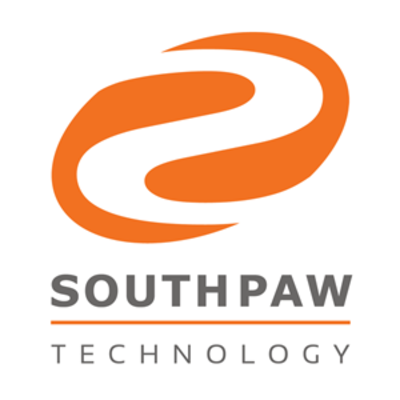
Mayo Clinic Story
Customer Story - Mayo Clinic and TACTIC
Cancer Research Clinic
Summary
The Mayo Clinic uses TACTIC as a workflow system in their Cancer Research Clinic to enable asset management and communication across various systems. The clinic produces and maintains a large collection of documents and images of particular data types, such as MRIs for use in clinical trials. The clinic needed a way to facilitate communication between various systems, such as MRI and other medical devices and external software applications, as well as social collaboration between physicians and other team members.
Background
The Mayo Clinic is a non-profit medical practice and medical research group based in Minnesota and is the largest non-profit medical group practice in the world. The Mayo Clinic Cancer Center is home to internationally recognized physicians and scientists who serve a diverse and globally distributed patient population. The Cancer Research Clinic produces a large collection of data that needs to be shared across members in various departments and locations. In addition, team members need the ability to add and share data related to their assets and track those assets through specific workflows.
The Problem
The Mayo Clinic produces an exceptionally large amount of digital data that needs to be shared and tracked through specific workflows, such as tracking and analyzing MRI data for a patient. As a result of its size and global reach, they sought a solution that could easily be adopted and help facilitate the sharing of information. Users needed a way to collaborate and track digital assets and content across the organization from a centralized solution. In addition, they needed a solution for ingesting, organizing and sharing files produced by medical devices and moving them efficiently through the clinical process.
The clinic also recognized that modern physicians need to collaborate and share information in an environment that facilitates meta-data tagging and automated workflows. In addition, they needed an open infrastructure to capture data from various channels in near-real time and apply automated workflows specific to their organization.
Today, a typical clinical study can involve thousands of participants, with imaging data acquired over several time points across multiple institutions. The additional associated information (metadata) accompanying these data can cause data management to be a study-hindering bottleneck. Consistent data management is crucial for large-scale modern clinical imaging research studies. If the study is to be used for regulatory submissions, such systems must be able to meet regulatory compliance requirements for systems that manage clinical image trials, including protecting patient privacy. Our aim was to develop a system to address these needs by leveraging the capabilities of an open-source content management system (CMS) [TACTIC] that has a highly configurable workflow; has a single interface that can store, manage, and retrieve imaging-based studies; and can handle the requirement for data auditing and project management. We developed a Web-accessible CMS for medical images called Medical Imaging Research Management and Associated Information Database (MIRMAID). From its inception, MIRMAID was developed to be highly flexible and to meet the needs of diverse studies. It fulfills the need for a complete system for medical imaging research management.
Source: http://pubs.rsna.org/doi/pdf/10.1148/rg.2015140031
The Solution
The Mayo Clinic did an extensive evaluation of several digital asset management platforms and decided on using TACTIC because of its power and flexibility. As an open source project, the TACTIC platform has enabled researchers from the Cancer Research Clinic to start creating very specific and customized workflows.
The goal was to develop bioinformatic tools to enable researchers to extract and share the wealth of information available in medical images in a clear and concise fashion. The Mayo Clinic was able to use TACTIC as a system orchestrator to centralize, manage, share and track digital assets and content across the organization. Researchers were able to integrate MRI devices with the TACTIC platform by leveraging the open API and trigger system. The open nature of TACTIC enabled the team to develop infrastructure for associating patients with their examination results. Researchers can then analyze the data to identify treatment results and share this data with other physicians.
In addition, physicians could leverage TACTIC’s built-in automation and project management features to create customized and automated workflows for moving and interacting with their data. The ability to share asset metadata was of particular importance, as well as the ability to share this information with other members and facilities.
Conclusion
The Mayo Clinic was able to use TACTIC to help organize and orchestrate their digital assets and workflows. In addition to their current implementation, the Mayo Clinic is planning new bioinformatics tools that leverage the TACTIC platform to provide a common infrastructure where physicians and researchers can share and collaborate on their digital assets together in a centralized system, without impacting local systems and processes.


